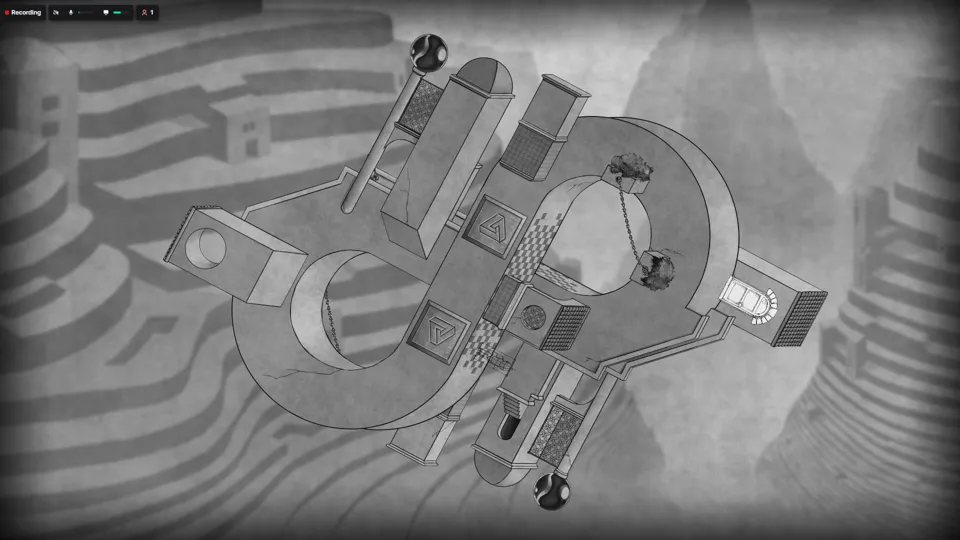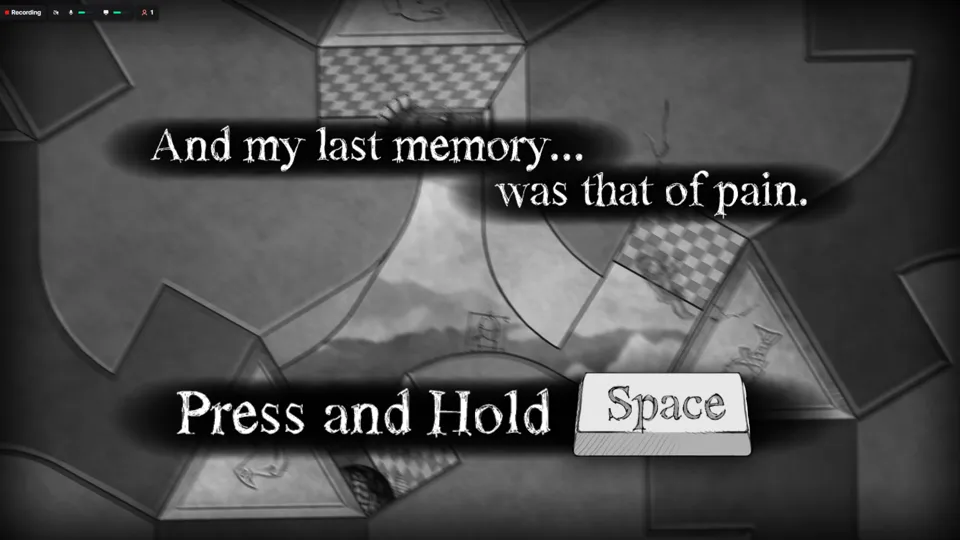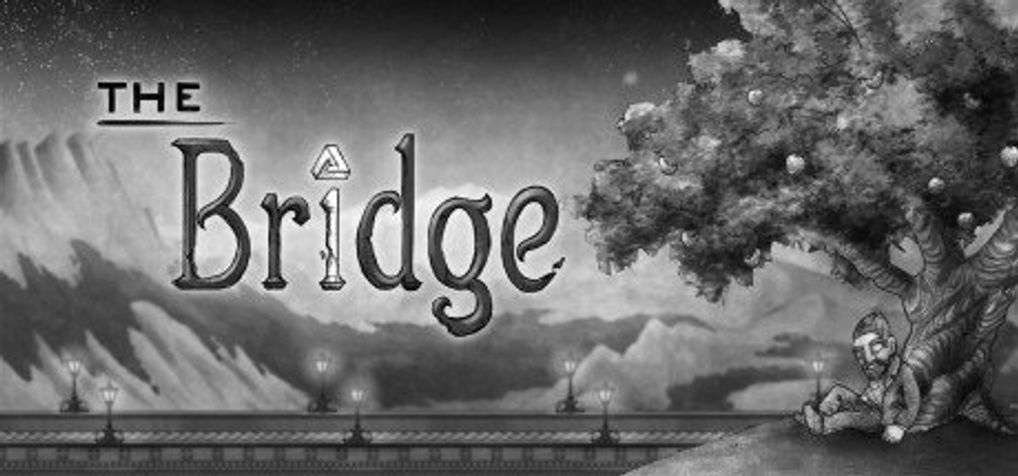Bridge
A fair few of the games in this series are puzzle games. I suspect there’s a couple of reasons for that, not least of which is that it’s easier for indie game developers to make puzzle games, and indie puzzle games tend to go into lovely little bundles. I suspect part of it is also that I enjoy puzzles. After all, who doesn’t enjoy curling up on a cozy, rainy day with a good puzzle? Grumpy people and no one else, that’s who. And surely I couldn’t go wrong with a good puzzle when I want to feel cozy?
Surely?
 Cozy
Cozy
The Bridge is a puzzle game that follows the Professor as he navigates a series of Escher-inspired puzzles, turning the reality of the world as he moves from level to level. The Professor must find keys, navigate to doors, and dodge wrecking balls as he moves from level to level.
If you had a circular toy with a ball and a maze in it as a child, this is that toy, converted to a video game, and with better art.
 Also in 3D!
Also in 3D!
This is not the first game I’ve played where moving the world is a fundamental part of the puzzle. Rotating a world and wrapping one’s head around the idea of moving in multiple dimensions is always an interesting basis for a game. In the case of The Bridge, the dynamic swings further in the direction of the world moving rather than the player moving. It’s interesting for the player to not play as the Professor, per se, but rather to manipulate the world to grant the Professor passage. It’s a small distinction in game design, but an important one in terms of how a story is told and how immersed the player is able to be. By focusing the game on manipulating the world rather than the Professor, the puzzles themselves stand at the forefront, rather than any particular story or character. It’s a game about puzzles, presenting puzzles, but yet lightly disguising itself as something else.
This is also why I think I got very frustrated with it.
 It became apt.
It became apt.
The Bridge does an excellent job of building a very particular atmosphere. It very much paints the atmosphere of needing to solve an Escher painting. The art style very much evokes Escher, the music is mysterious, and the story is so light as to barely exist. This isn’t necessarily a bad thing, but it does mean there is very little distraction when the puzzles become frustrating. On several occasions, it was clear what I needed to do, but just couldn’t do it for whatever reason. Definitely not the end of the world, but for puzzle after puzzle, I become left with a sense of frustration and lack of progress. With no distraction or motivation other than the puzzle before me, the game wasn’t able to hold me in.
This isn’t necessarily a slight on the game. There are many people for whom a puzzle and nothing else is great, and certainly The Bridge presents that in an innovative way. However, if you’re like me and need something more to hold you and keep you committed to that puzzle, this game doesn’t have it.
Developer: The Quantum Astrophysicists Guild
Genre: Puzzle
Year: 2013
Country: United States
Language: English
Play Time: 3 - 4 Hours
